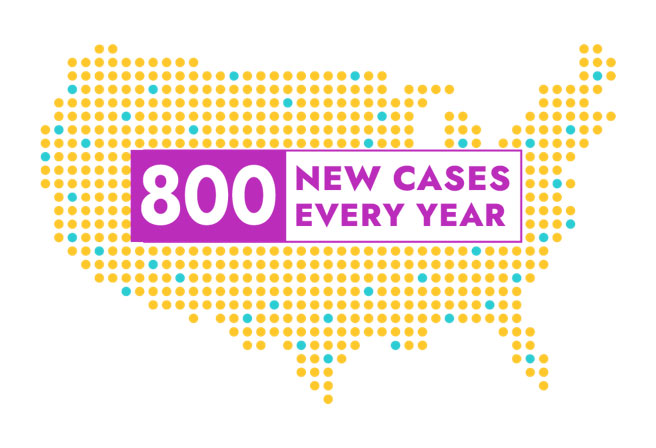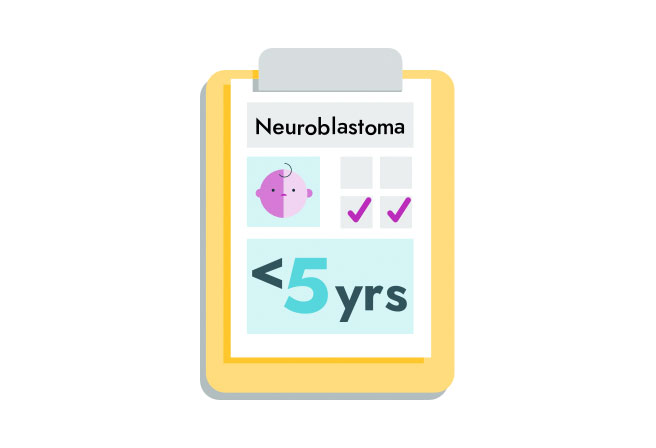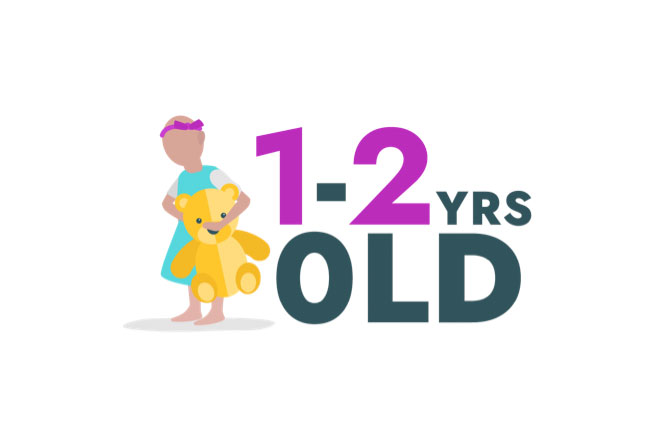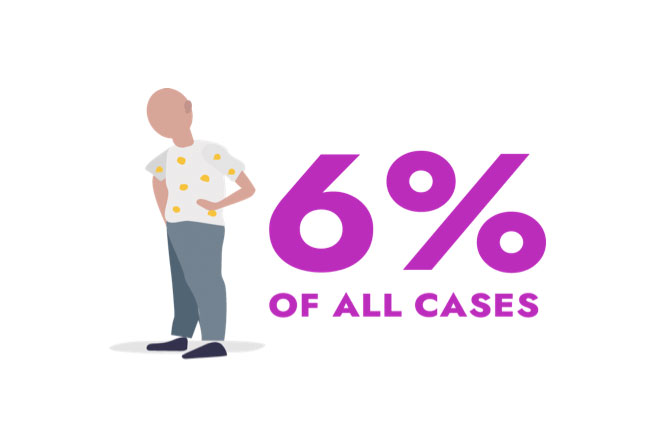 What is Neuroblastoma?
What is Neuroblastoma?
What is Neuroblastoma?
What is neuroblastoma–causes and symptoms
When starting to research neuroblastoma, you may feel overwhelmed by the amount of information out there. It's normal to want to learn everything you can to help your child. Here are some questions and answers to help get you started:
- What is neuroblastoma?
- Who gets neuroblastoma?
- What are the signs and symptoms of neuroblastoma?
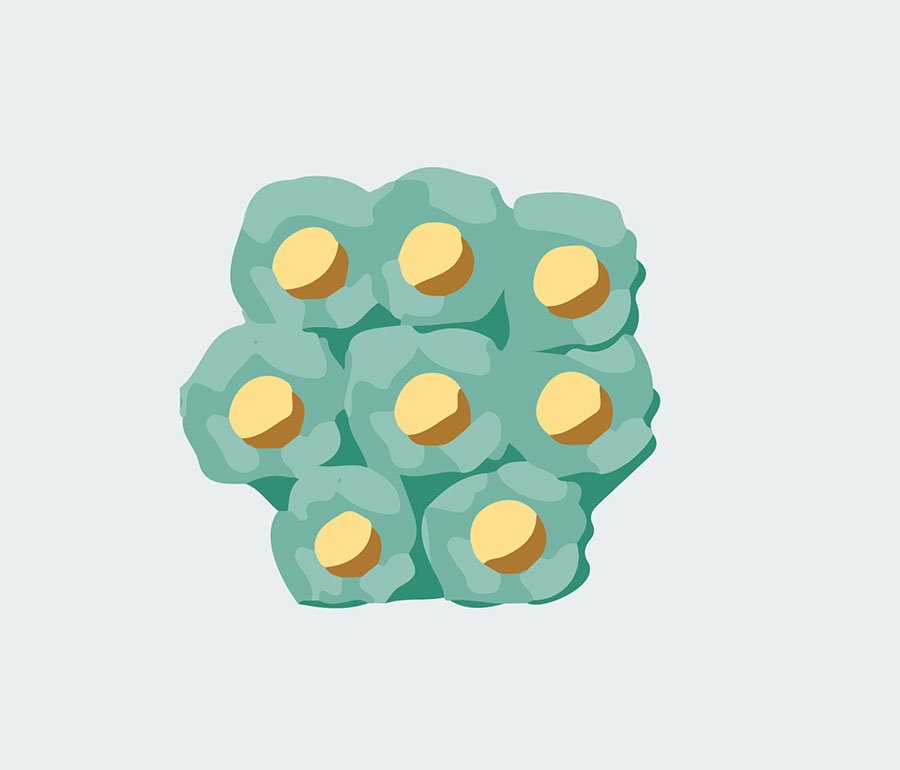 Illustration of neuroblasts
Illustration of neuroblasts
What is neuroblastoma?
Neuroblastoma is a childhood cancer that starts in immature nerve cells (neuroblasts). The term “neuro” refers to nerves, and “blastoma” refers to a tumor of immature or developing cells.
- Neuroblastoma tumors can occur anywhere in the body, but about 65% of them occur in the abdomen
- Neuroblastoma tumors are unique. Some may go away on their own without treatment, while others may spread (metastasize) throughout the body
Who gets neuroblastoma?
Neuroblastoma is the most common cancer in infants under the age of 1.
What are the signs and symptoms of neuroblastoma?
Neuroblastoma is typically discovered when the growing tumor starts to cause symptoms. The signs and symptoms of neuroblastoma can vary based on:
- Where the tumor is
- How large the tumor is
- Whether or not the neuroblastoma has spread (metastasized) to other areas of the body
If a child has a tumor that:
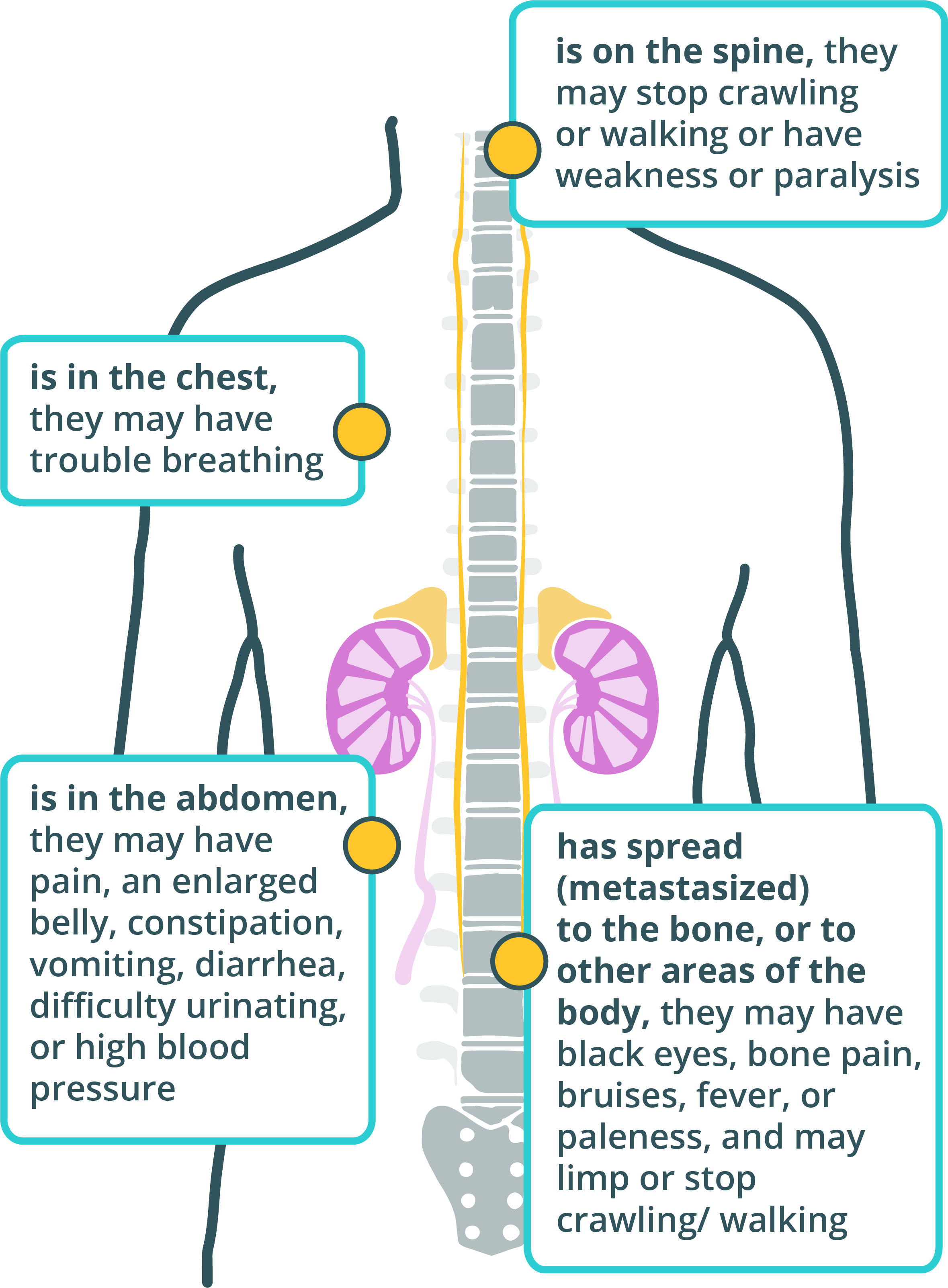
is on the spine, they may stop crawling or walking or have weakness or paralysis
is in the chest, they may have trouble breathing
is in the abdomen, they may have pain, an enlarged belly, constipation, vomiting, diarrhea, difficulty urinating, or high blood pressure
has spread (metastasized) to the bone, or to other areas of the body, they may have black eyes, bone pain, bruises, fever, or paleness, and may limp or stop crawling/walking
